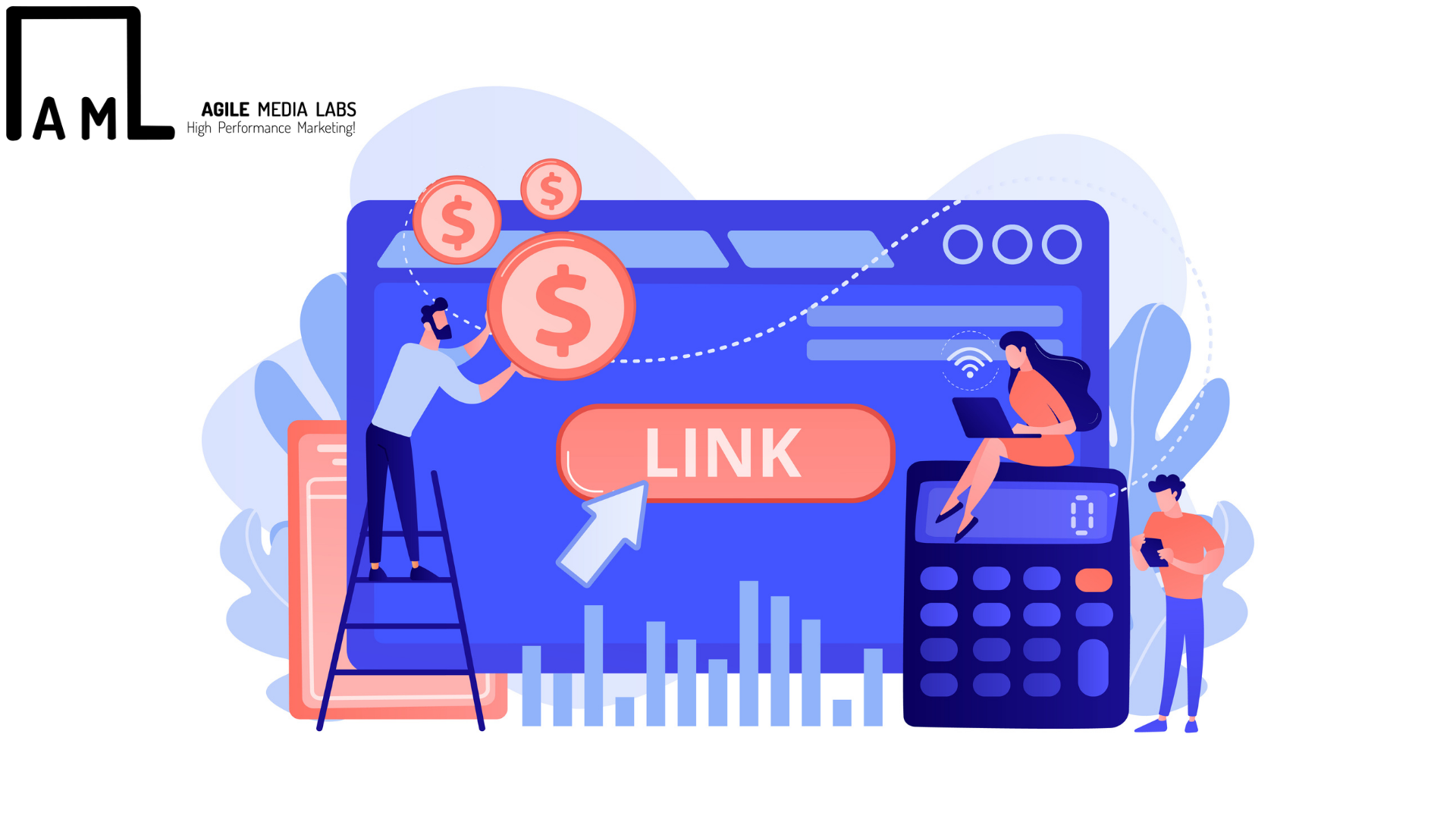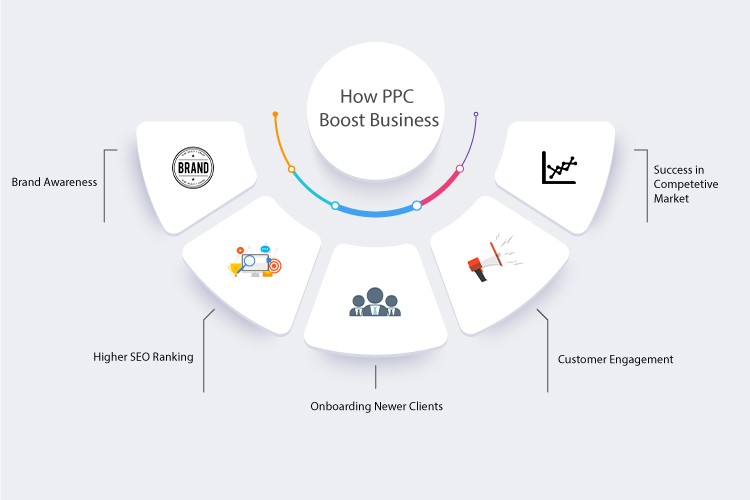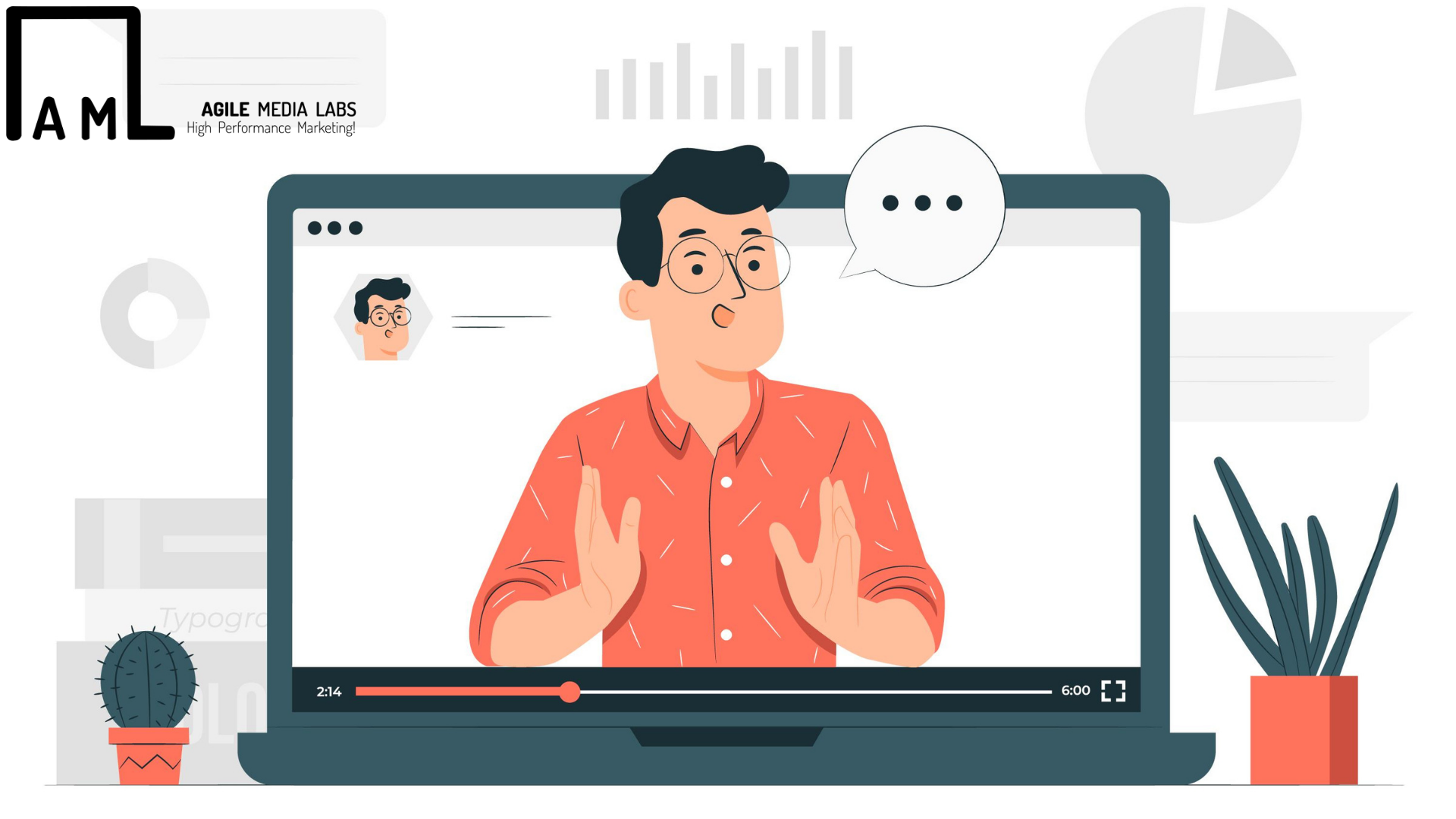


The Ultimate Guide of Pay Per Click Marketing for 2022
Many businesses have used digital marketing for a while now, however, most of them are still alluding to the concept of pay-per-click or PPC. Whilst only 45% of companies are using this form of paid advertisement marketing, it is vital to understand the concept clearly before integrating it into your marketing strategy.
If done correctly, PPC can generate quality leads, prospective customers and huge returns on investments. Pay-per-click is most commonly used in search engine results pages (SERP) like Google or Yahoo Search, but it can also be used for social media. Paid advertising can be a great way of rising to the top in a competitive market.
The key concept of a good PPC marketing strategy is using correct and trending keywords. Businesses that don’t have the domain authority to get them into the top rankings on a search engine or in front of their target audience on a social platform. So many businesses are using ads to start organic results often don’t even start until you’re further down the page.
In other words, PPC is your shortcut to getting to the top within your niche. And, if done responsibly, PPC can be integral to your inbound marketing strategy. Find out more about PPC in this guide.



What are the Key Terms for PPC Marketing?
Pay-Per-Click comes forward as a difficult concept for many businesses to understand and engage with. Paid advertising can be an expensive addition to the marketing strategy. Therefore it can be helpful to understand a few terms that often appear in a PPC marketing campaign. Some of these important terms are:
- Search Engine Marketing (SEM)
The objective of any digital marketing campaign is to get a high-rank keyword that can improve the brand’s visibility SEM is an umbrella term that includes both paid advertising and search engine optimization. The phenomena describe organically rankings or keywords.
- Cost-Per-Click (CPC)
CPC is the amount advertisers pay for a single click. Consider CPC as a bid in the auction, the higher you bid, the more chances you have to win an object. The same fundamental is used in CPC, the more money a business puts in, the better ad space they get. CPC is determined by factors like; competitors ad ranks, clickthrough rates and your bids.
- Cost-Per-Mille (CPM)
Cost-per-mille or cost-per-thousand is the amount business put in to reach a thousand people. CPM is often used for social and display advertising. Many other types of costs can be considered while curating a PPC strategy like cost-per-engagement, cost-per-acquisition, and more.
- Campaign
Setting up the goal and objective is the baseline for every campaign. Creating an ad campaign using pay-per-click can be a useful way to get a great return on investment if set systematically. You can think of your campaign as the key message or theme to start you want to get across your advertisements.
- Keywords
For any digital campaign, grasp on using the correct and engaging keywords is a necessity. Each ad within your ad group will target a set of relevant keywords or key terms. These keywords tell search engines which terms or search queries you want your ad to be displayed alongside in SERPs.
- Landing Pages
A landing page is undoubtedly the most important part of PPC marketing strategy. The landing page is where visitors would reach once they clicked on your ad. It could be an e-commerce listing, your website home page or any other space you’d want traffic on. Designing an attractive landing page is necessary for a successful PPC campaign.



What are the Best Platforms for PPC Marketing?
After understanding the benefits of the PPC Marketing Strategy, the next step is to figure out what platform can be used to achieve the set goal you have for your business. The online space is like a black hole, it can never be saturated. Therefore, the possibilities to choose an advertising space are endless. But like every lock has a key, every marketing strategy has a position best suited for it. Few of the most famous platforms that can help you determine the perfect location for your PPC marketing strategy are:
- Google Ads
Google Ads, or AdWord, is undoubtedly the most famous platform used for paid advertising. The average search results for any search on Google leads to 40,000 per second. Hence, providing a great range of suitable keywords for any possible marketing campaign. The downside is that keywords are highly competitive on this platform, meaning a greater ad spend.
- Bing Ads
Bing is the next biggest search engine after Google. However, the audience is a lot smaller resulting in lower audience interaction. The advantage is that because the audience is keyword search is lower The downside is that keywords are highly competitive on this platform, meaning a greater ad spend.
- Facebook Ads
Facebook Ads are the most common social media ad platform. The biggest advantage of using paid advertising on Facebook is its specific targeting options. Facebook allows you to target users based on interests, demographics, location, and behaviours. Also, Facebook allows for native ads, which means ads are introduced and blend into the social feed.
- Ad Rolls
Ad Rolls is a retargeting platform that focuses specifically on PPC marketing. The platform publishes your ads on different platforms. You still bid on keywords and your advertisement is displayed next to content that is relevant to those keywords. With this platform, you’ll reap the benefits of a low CPC and highly engaged traffic.
How to Get Started with PPC Marketing?
Now that you have understood the benefits, parameters and platforms for creating a successful PPC marketing campaign. Let’s dive into what steps are required to create a campaign that can give you the best possible results from pay per click advertisements. You don’t need to tackle these items step-by-step, but you will need to work through each of them to ensure that you create an effective campaign.
- Set Parameters
Though the order of steps isn’t necessary, it is advisable to set the parameter before starting a campaign. Getting the ad campaign set within the desired context is the utmost priority. Your ads should encompass a few things: Who you want to target, the theme of your campaign, how you will measure success and the type of campaign you will run before actually starting running the ads.
- Create Goals
Knowing what you want to achieve from your campaign is important to understand before the campaign begins. However, it’s important not to confuse goal metric as compared to campaign metric. Digital marketing set ought to fulfil either one or more of the following goals: (i) Brand Awareness, (ii) Lead Generation, (iii) Offer Promotion, (iv) Sales, and (v) Increasing site traffic.
- Choose Campaign Type
It’s not only important to know what the ads are going to say, it is also vital to know how the ads will be distributed. Selecting campaign types is necessary to determine the flow of digital marketing strategy. Different campaigns are beneficial for different purposes. Search Ads, Display Ads, Social Media Ads, Remarketing and Google Shopping are a few well-known campaign styles that can be used.
- Perform Keyword Research
Digital marketing is all about getting high ranks on search engines. To achieve the same, it’s important to have a good understanding of the correct keywords. Select keywords that are closely aligned with the specific theme of your ad campaign. If you find keywords you want to target that fall outside of one theme, you should create a separate ad campaign for them.
- Set up Google Analytics
Google Analytics is a free tool that is available to all. The tool helps in analysing the trends, website performance, user interactions and finding attractive content. Google is the most famous search engine, and learning how results rank on the platform can be extremely useful. The information you can gather from Google Analytics can be used for PPC and beyond.
How to Analyse of PPC Marketing Strategy
Clicks refer to the total number of clicks you receive on an ad. This metric is affected by your keyword selection and the relevance of your ad copy.
- Conversion rate refers to the percentage of people that complete the call-to-action on your landing page and become a lead or customer.
- Cost per click (CPC) measures the price you pay for each click on your ad.
- Impressions are the number of times an ad is viewed. Cost per mille (CPM) is determined for every thousand impressions. Impressions are most relevant for brand awareness campaigns.
- Click through rate (CTR) is the percentage of ad views that result in clicks. This metric determines how much you pay (CPC). CTR benchmarks vary by industry.
- Return on ad spend (ROAS) is the ROI of your ad campaign. This metric calculates the revenue received for every dollar spent on ads.
- Cost per conversion refers to the cost to generate a lead. This is calculated as the total cost of an ad divided by the number of conversions.
- Ad spend is the amount you are spending on your ads. You can optimize this by improving your Quality Score.
- Quality Score (QS) determines ad positioning, so it’s an important metric to keep an eye on.
Final Conclusion
Digital Marketing is the most widely used marketing tool for businesses around the globe. Whether organic advertising or paid, both have their benefits. When it comes to paid advertising, pay per click strategy is a great way to attract more customers and increase brand awareness. This ultimate guide to PPC marketing will help you unleash the true potential of paid marketing techniques and be useful in marking your marketing dream a reality.





